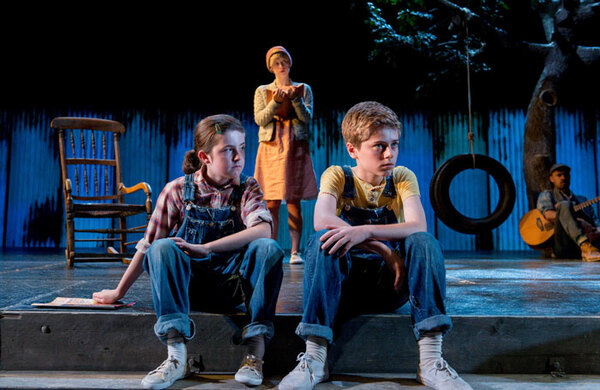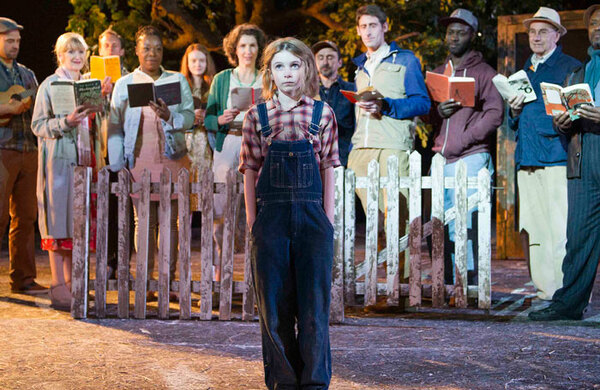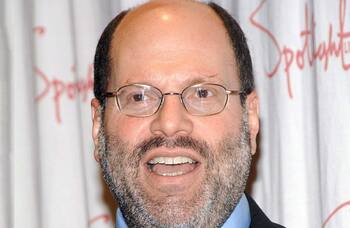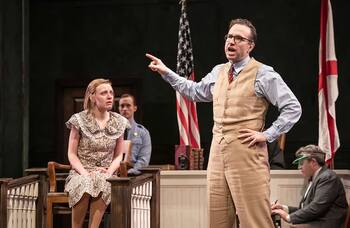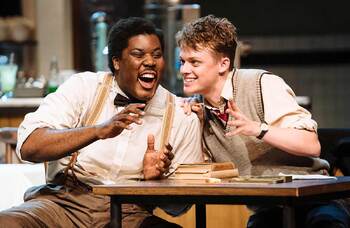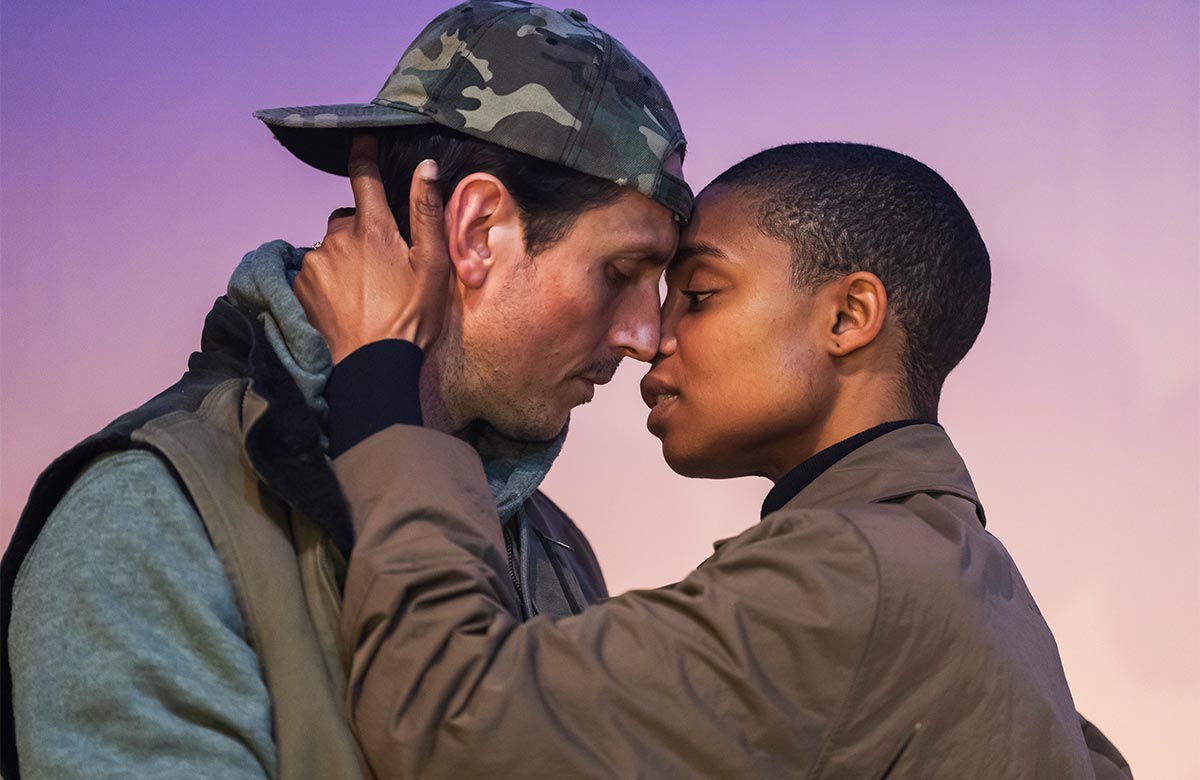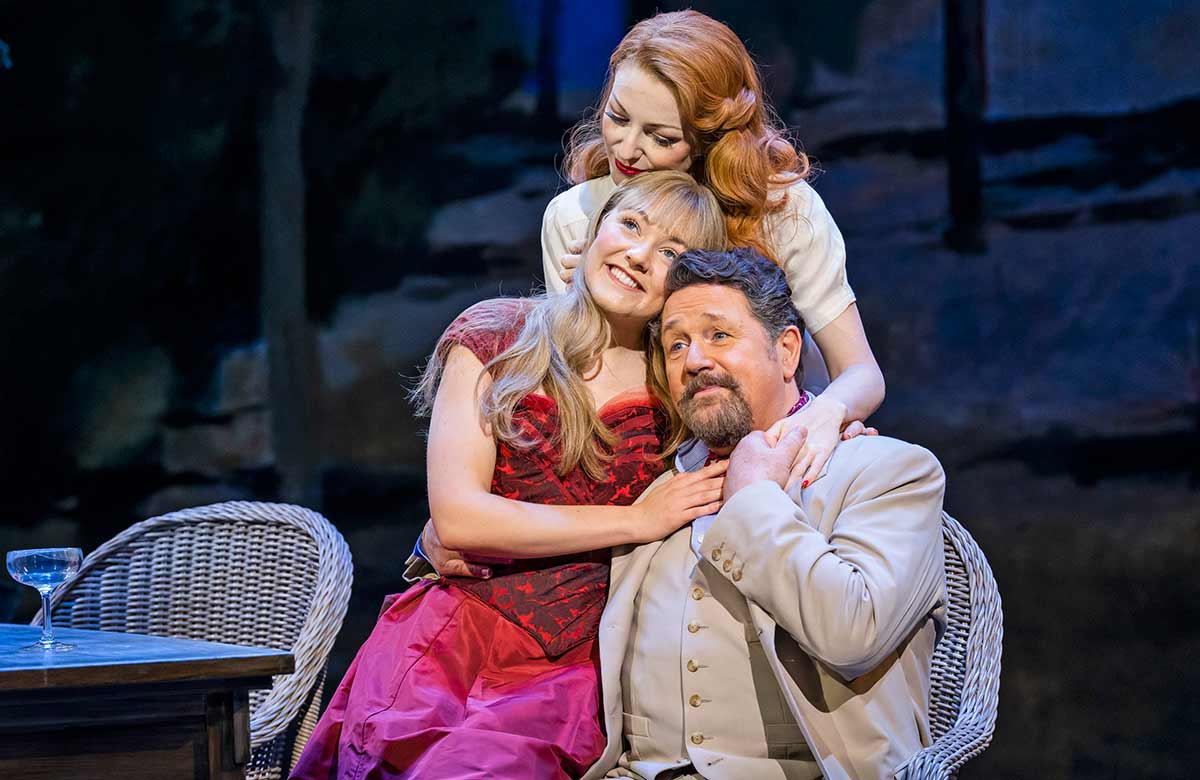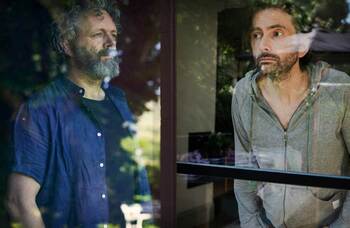To Kill a Mockingbird review
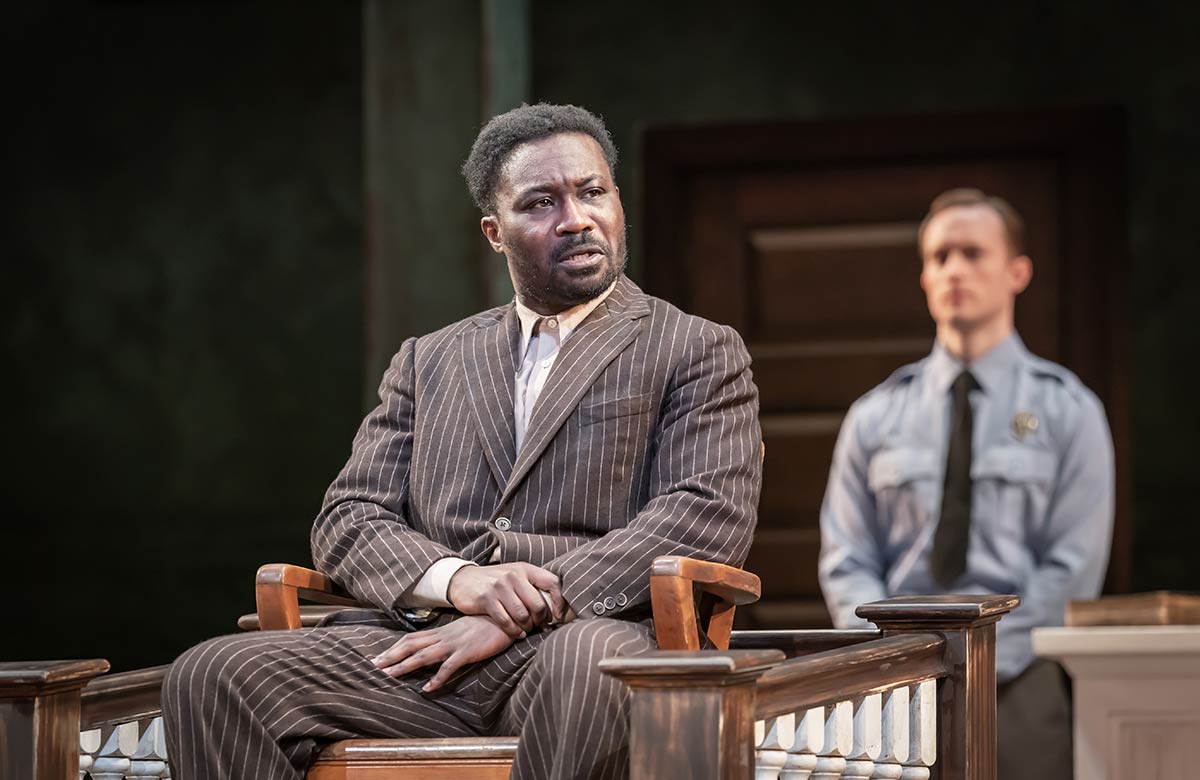
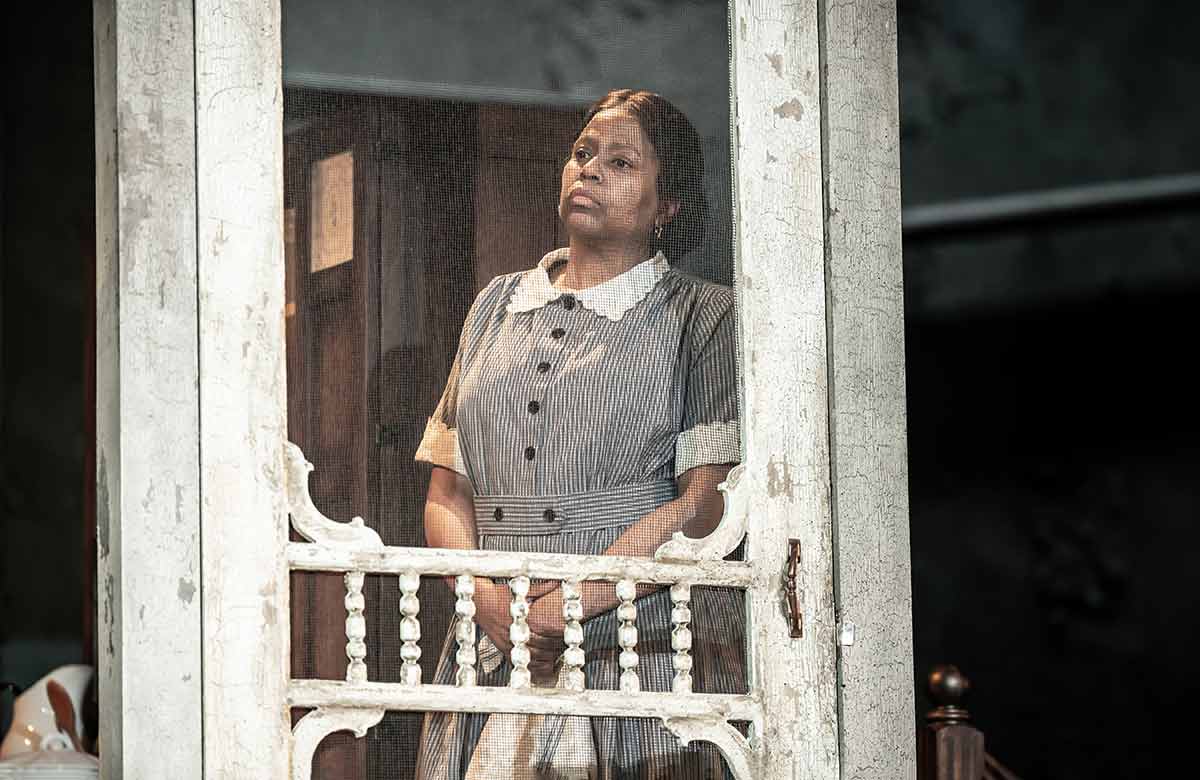
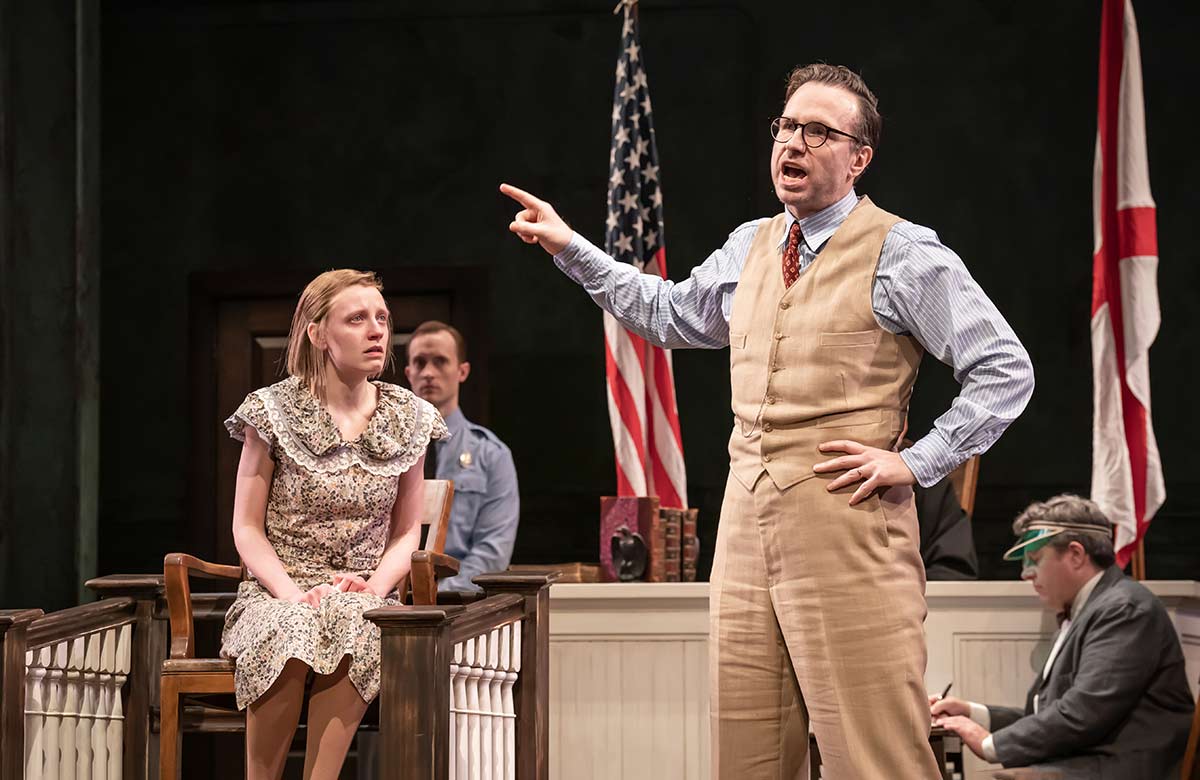

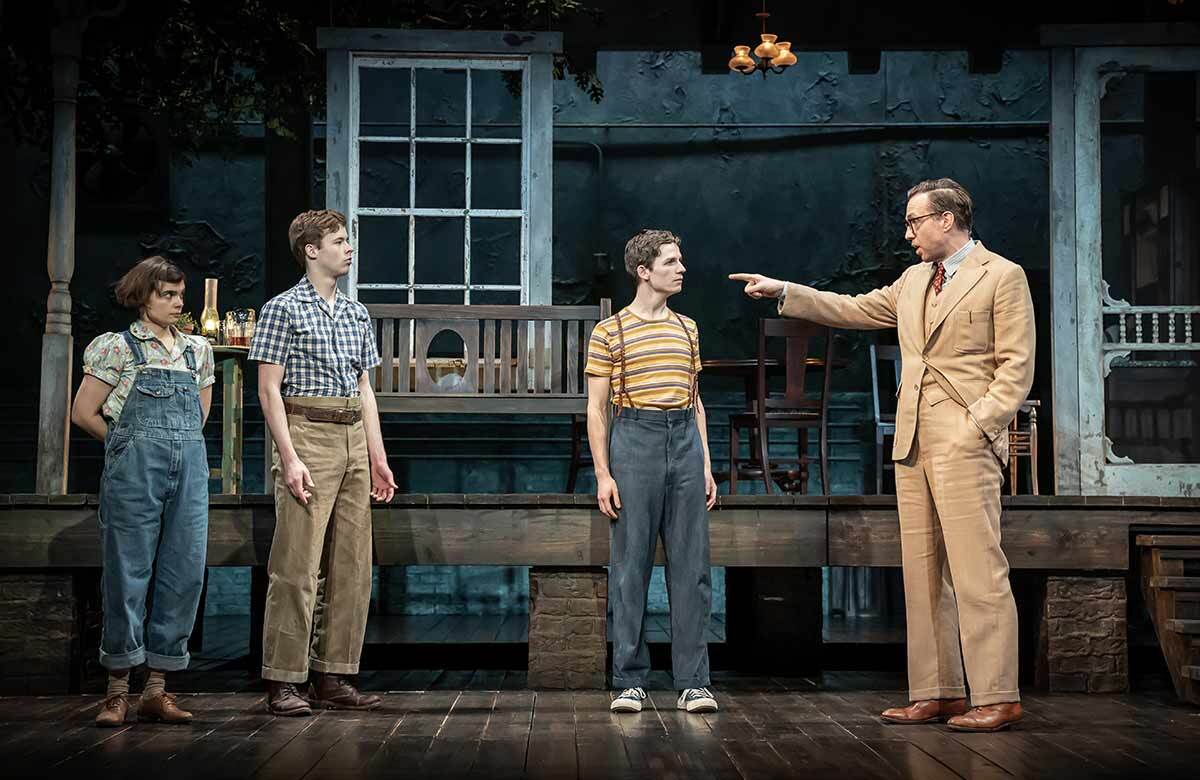










 Tim Bano
Tim BanoTim Bano is an award-winning arts journalist who has also written for the Guardian and Time Out, and worked as a producer on BBC Radio 4. ...full bio
Solid and stately production of Harper Lee’s classic novel
As one of literature’s most famous courtroom dramas battled its way to the West End, it dragged its own courtroom dramas in its wake.
Harper Lee’s estate sued the production claiming Aaron Sorkin’s script strayed too far from the source material. Meanwhile, the production company of the Broadway version forced several smaller productions of Mockingbird, including a major UK tour, to close, asserting worldwide rights. Then producer Scott Rudin faced multiple accusations of bullying and was himself forced to step away from the show.
Add Covid, a change in the lead cast, and it’s a minor miracle the show is here at all. Worth the drama? Worth the wait? The jury’s out.
Sorkin – writer of The West Wing, A Few Good Men, The Social Network – has indeed made changes to Lee’s novel, in which a black man, Tom Robinson, gets accused of rape by a white woman and is defended by white lawyer Atticus Finch. Notably, Sorkin gives more prominence to two black characters, Tom Robinson and the Finches’ maid Calpurnia.
More effective and more convincingly done is the way Sorkin puts Atticus himself on trial, leaning into the problems of his role as a white saviour and a man too willing to see the good in everybody.
Sorkin’s approach is the kind you can swoon or sicken at. It assumes that we’re all a bit older than when we first encountered the book, a bit more able to hold on to complexity. But there’s a push and pull between Sorkin updating the story to make it more palatable, because of how much times have changed, and using it as a period piece to show how much they haven’t.
Rather than Atticus’ daughter Scout telling the story, as she does in Lee’s novel, it’s presented to us by Scout, Jem and their friend Dill collectively, the three of them almost play-acting, talking straight to the audience, then diving into the action, or simply standing and witnessing scenes as they play out. The three ‘children’ – played by adults – hold things together well with their playfulness, especially Gwyneth Keyworth’s endearing Scout, David Moorst’s light-relief Dill and debutant Harry Redding’s sensible Jem.
Sorkin’s dialogue zips with all the rapidity, quips, and cross-currents he has always brought to bear on his writing. There are even his beloved sports metaphors and trademark phrases ("not for nothing").
Meaty scripts need carnivorous actors, and all eyes are on Rafe Spall as Atticus Finch. It’s a strong performance: warm but also smug, loveable but also cocky. There’s the heroising that comes through in all of Sorkin’s great white males: presidents, news anchors, sports captains, and of course, lawyers. Spall’s portrayal is arm-centric. His right limb is perpetually pointing, waving, articulating, gesticulating. When the court scenes reach full swing, they are riveting. Spall carefully manages both to act as Finch and to play Finch putting on an act.
He also brings a subtle but crucial sagacity to the role. His eyes are sharp, always alert. He is the only cast member besides the children to notice that the audience is there. He never acknowledges us but often looks out into the auditorium, locking his gaze on to people in inquisitive glances. He is the man who knows more, and knows better, than everybody else. Sorkin recognises this as his undoing.
Because Finch, the great defender, is also insouciant, condescending, utterly convinced of his right thinking. That comes to a head in how Sorkin expands the role of black housekeeper Calpurnia, with Scout describing her relationship with Atticus as akin to brother and sister. So when Atticus expects her to be grateful for representing Tom Robinson, he can’t understand her furious response.
Pamela Nomvete is a striking presence as Calpurnia, often residing in the background, but a much-needed source of tenderness and fury when speaking.
Noodling music on a guitar and gorgeous harmonium fill the drawn-out scene changes, as huge slabs of set groan in and out to turn the front porch of the Finch home into the courtroom – all very proper in its period detail – but the music and the literalness of the set begin to grate.
While there’s abundant elegance and eloquence on show, with Sher and the design team turning this into a very stately, very solid production, there’s one thing missing from the fizzing speeches about kindness, empathy, humanity: any actual humanity.
Sher has the actors often stand still, foregrounding the speeches, the language. Even when Spall, led by his wagging finger, swaggers around the courtroom, the focus is on intellect.
One moment makes it clear exactly what’s been missing – when Atticus hugs Dill. In that second, you realise that no one in the play has touched anyone else. It’s a play about brains, not bodies – but it has to be about both.
There is a lot of talking, shifting of vast clumps of set, period costumes, but not enough theatrical imagination on display in either the staging or the script. Despite what Lee’s estate contended, Sorkin and Sher cleave closely to the book. A few lines to Tom and Calpurnia don’t diminish the overwhelming whiteness of the production.
It’s difficult to decide whether that old-school approach shows us how little has changed and so amplifies its message or does the opposite. Because it also feels like it ossifies the story, keeps it in the past, congratulates us on the things that have changed.
The greatest strength is in a duality that starts to emerge, a double vision, as it becomes clear that Sorkin and Sher want to cross-examine Atticus himself – his motives, his effectiveness. A neat stroke from Sher is to keep the jury seats empty. We don’t need to see the white faces of the judging middle classes as the drama unfolds. There are enough of them in the auditorium. It puts Atticus on trial and makes us the jury.
More Reviews
Recommended for you
Most Read
Across The Stage this weekYour subscription helps ensure our journalism can continue
Invest in The Stage today with a subscription starting at just £7.99
